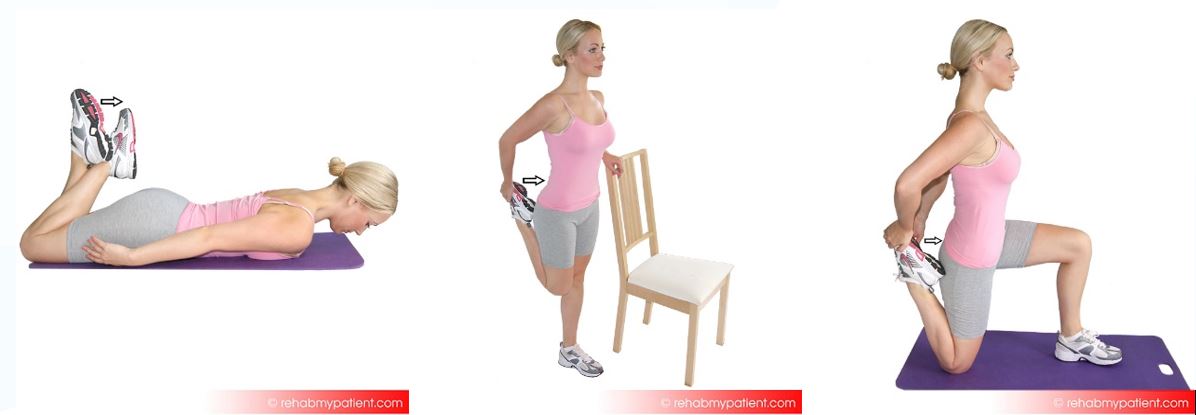
Osgood Schlatter disease causes a painful lump just below the kneecap in adolescents and children who are going through a growth spurt attributed to puberty. The disease often occurs in those who participate in sports that involve running, jumping and changing directions quickly, such as in soccer, figure skating, ballet and basketball.
While the disease tends to be more common in boys than girls, the gender gap appears to be closing as more girls are participating more into sports at a younger age. The disease affects one out of every five child athletes. Age range will vary based upon sex because girls will go through puberty before boys. Boys are often between 13-14 years of age, while girls are between 11 and 12. Once the child stops growing, the condition will often correct itself.
The repeated stress causes the tendon to separate from the shinbone slightly, which results in swelling and pain. In certain instances, your child’s body might work to try and bridge the gap with new growth, which creates a bony lump in that area.
Many practitioners believe that the quadricep muscles are unable to lengthen at the same pace as the child grows. This places a traction stress to the quadriceps tendon that attaches to the shin bone, and this traction literally pulls against the bone forming a bony lump. It develops over several months. The children who most commonly suffer are the ones who do regular sport, several times per week.
Children will complain of pain under their knee cap, especially while running or jumping.
Osgood Schlatter Disease Anatomy
The knee is one of the biggest and most complex of all joints found in the body. It joins the shin bone and the thigh bone together. The smaller bone running alongside of the tibia and the kneecap are the two other bones that complete the knee joint. Tendons keep the leg muscles and knee bones connected to enable the knee joint to move. Ligaments join all of the knee bones and deliver stability to the knee.
The main culprit in Osgood-Schlatter’s is the quadricep muscle. This is a group of four muscles that occur in the front of the thigh. The muscle blends into and around the knee cap (patella) and then attaches via a strong tendon to the shin bone. This tendon is known as the patella tendon (sometimes called the ligamentum patellae). The patella tendon is so strong that if enough pressure is put through it, it can actually pull away from its attachment to the shin bone creating a small lump of bone.
How to Treat Osgood Schlatter Disease:
1. Reduce Sports that Cause Pain
Running and jumping sports should in the first instance be reduced. Perform these sports less regularly and have rest days between sports if possible. Just reducing the frequency of sports may be enough to reduce the pain and pressure on the knee. But if this is not enough, seek help from a therapist.
2. Therapy
Your sports therapist will advise you why the problem is occurring, and how to resolve it. Usually that involves a number of stretches to the quadricep muscles and other leg muscles. Treatment can also help reduce inflammation and pain. Electrotherapy and acupuncture are also used to reduce the pain. Using straightening exercises will help to stabilize the knee joint.
3. Medication
An over-the-counter pain medication can help to alleviate some of the pain caused by the growth. But most parents will want to try to avoid using medication with their children if possible.
Tips:
· Allow the joint to rest. Limit the amount of time you spend doing certain activities that can aggravate the condition further, such as jumping, running and kneeling.
· Ice the affected knee to help alleviate swelling and pain.
· Stretching the quads, which are the muscles that run along the front part of the thigh, is crucial.

· Whenever your child is participating in sports activities, make sure they wear a pad over the knee that is affected at the location where the irritation might occur.
· Suggesting that your child switch to different activities that do not involve running or jumping, such as swimming or cycling, until the symptoms are better, might be beneficial to your health.
Sign Up
Sign up for your free trial now!
Get started with Rehab My Patient today and revolutionize your exercise prescription process for effective rehabilitation.
Start Your 14-Day Free Trial